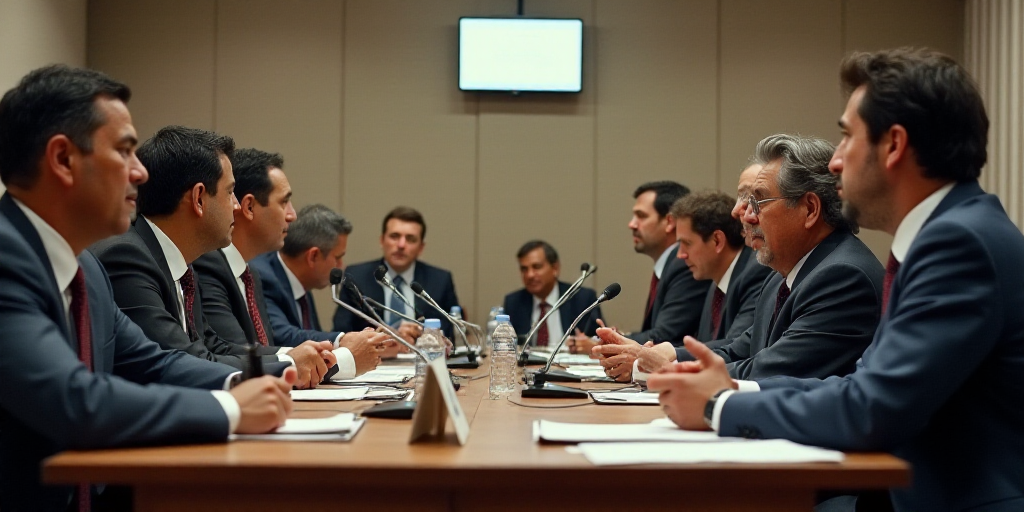Background on Luis Rosendo Gutiérrez Romano
Luis Rosendo Gutiérrez Romano serves as the Undersecretary of Foreign Trade within Mexico’s Secretariat of Economy. His role involves overseeing international trade policies and negotiations, making him a key figure in shaping Mexico’s economic relationships.
New Tariff Measures Explained
During a meeting with members of the Economy, Commerce, and Competitiveness Committee in the Chamber of Deputies, Gutiérrez Romano clarified that the new tariff measures proposed by President Claudia Sheinbaum’s administration aim to strengthen the domestic market and reduce imports from Asia, thereby improving Mexico’s trade balance.
No Intention to Target China
Gutiérrez Romano emphasized that these tariff adjustments are not intended to harm China’s interests. He highlighted Mexico’s respect for China and its desire to maintain commercial ties with the country.
Protecting Domestic Industries
The undersecretary explained that the Plan México, led by the federal government, includes measures to safeguard sectors such as automotive parts, light vehicles, plastics, steel, textiles, home appliances, toys, furniture, paper and cardboard, aluminum, soap, glass, and footwear. These industries have expressed concerns about unfair competition.
Respecting WTO Limits
Gutiérrez Romano assured that Mexico adhered to the maximum tariff limits set by the World Trade Organization when implementing these new measures. Additionally, tariffs were established in product blocks to prevent “technical smuggling.”
Limited Tariff Adjustments
The proposed tariff changes affect less than 25% of the tariff fractions, with an estimated impact of approximately $59 billion on imports from countries without trade agreements with Mexico. This represents 8.6% of Mexico’s national imports.
China’s Role in the Mexican Economy
Gutiérrez Romano stressed that, although China is significant, it does not pose a threat to Mexico’s economy. He also mentioned that China is not extensively using Mexico as a springboard to access the US market.
He pointed out that China’s investment in Mexico stands at $1.5 billion, which is relatively small compared to the substantial foreign investments in Mexico from the US and Canada.
Key Questions and Answers
- What are the new tariff measures aiming to achieve? The new tariff measures aim to strengthen the domestic market and reduce imports from Asia, thereby improving Mexico’s trade balance.
- Are these tariff adjustments targeting China? No, the new tariff measures are not intended to harm China’s interests. Mexico respects China and wishes to maintain commercial ties with the country.
- Which industries will benefit from these tariff adjustments? Industries such as automotive parts, light vehicles, plastics, steel, textiles, home appliances, toys, furniture, paper and cardboard, aluminum, soap, glass, and footwear will benefit from these tariff adjustments.
- How are WTO limits being respected in these tariff adjustments? Mexico adhered to the maximum tariff limits set by the World Trade Organization when implementing these new measures.
- What percentage of tariff fractions will be affected by these changes? The new tariff measures affect less than 25% of the tariff fractions.
- What is China’s role in the Mexican economy? Although China is significant, it does not pose a threat to Mexico’s economy. China’s investment in Mexico stands at $1.5 billion, which is relatively small compared to the substantial foreign investments in Mexico from the US and Canada.






